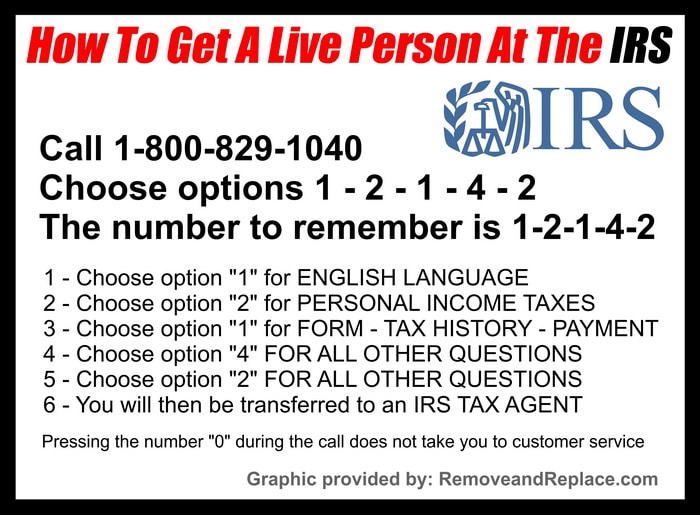

The methodology, originally developed by the Council on State Taxation (COST), compares the percentage rates of the taxes, fees, and government surcharges imposed on taxable wireless service.
#IRSS TAXES PHONE SERIES#
This is the twelfth in a series of reports tracking the taxes, fees, and government surcharges imposed on wireless voice service by federal, state, and local governments since 2003. As has been the case in the last three years, the FUSF increase, from 9.8 percent in 2020 to 11.8 percent in 2021, drove most of the overall growth in wireless tax rates. This total includes state and local taxes averaging 13.16 percent and the federal Universal Service Fund (FUSF) rate of 11.8 percent.

Taxes and fees on the typical American wireless consumer increased again this year, to a record 24.96 percent. The regressive nature of wireless taxes creates significant burdens on low-income consumers. At the end of 2020, about 74 percent of low-income adults had wireless as their only phone service and 65 percent of all adults were wireless-only.However, during this same period, wireless taxes, fees, and government surcharges have increased from 15.10 percent to 24.96 percent of the average bill.



 0 kommentar(er)
0 kommentar(er)
